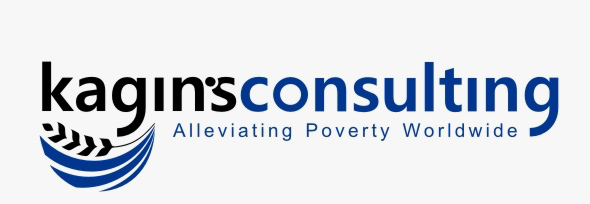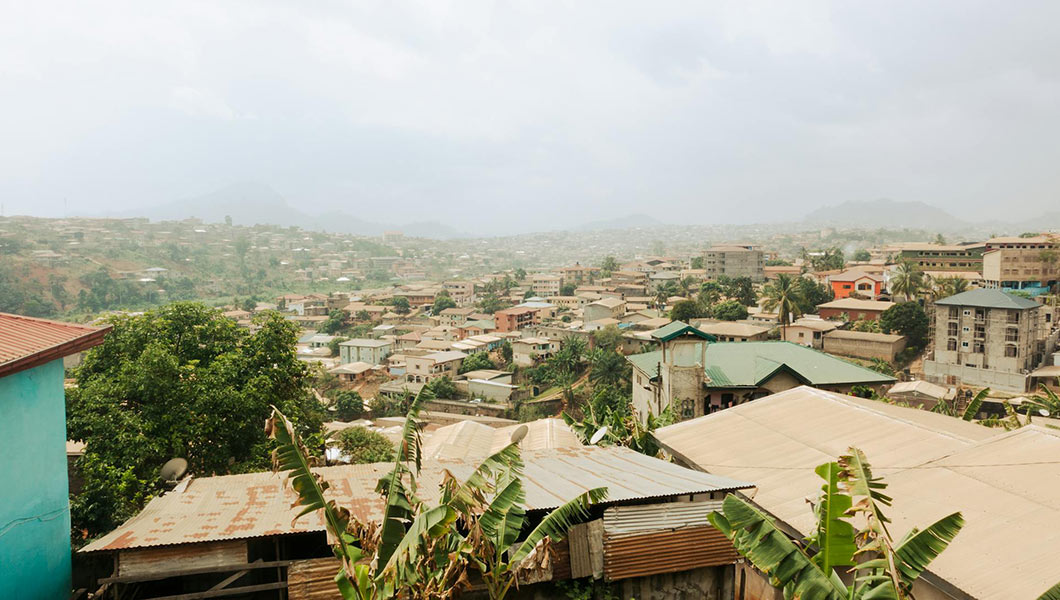Measuring the Costs of Vitamin A Interventions: Institutional, Spatial, and Temporal Issues in the Context of Cameroon
Abstract
Background: To address vitamin A (VA) deficiency, an array of interventions have been developed for increasing VA status among young children. With numerous possible combinations of interventions, however, comes the need to take decisions regarding which intervention or combination of interventions is most cost effective for achieving VA deficiency reduction targets.
Methods: Detailed intervention-specific, “macro-region”-level data in Cameroon are used to generate estimates of the costs associated with delivering VA to children aged 6 to 59 months.
Results: In Cameroon, our estimates of costs per effectively-covered child (ie, children at risk of inadequate intakeof VA who are exposed to an intervention and who achieve adequate intake) each year (2 rounds of Child Health Days [CHDs]) were US$3.31 for VA supplements. VA fortification of edible oil and bouillon cube was US$2.95 and US$2.41, respectively, per child effectively covered per year, and biofortification of maize was US$5.30 per child effectively covered per year. Combinations of interventions could reduce costs (eg, delivering additional interventions that affect VA status through the CHDs). Spatial differences in costs within Cameroon were also evident, for example, delivering high-dose VA capsules through CHDs leads to a cost of US$0.77 per child reached in the northern regions compared to US$1.40 per child reached in the southern regions.
Conclusions: The costs associated with alternative VA interventions in Cameroon differ spatially, temporally, and in their cost-effectiveness. Choosing the appropriate combination of interventions can produce a more efficient portfolio of interventions to address VA deficiencies and VA-related deaths.
An Economic Optimization Model for Improving the Efficiency of Vitamin A Interventions: An Application to Young Children in Cameroon
Abstract
Background: Vitamin A (VA) intervention programs in developing countries do not generally consider spatial differences in needs or in intervention costs. New data from Cameroon reveal nonuniform spatial distributions of VA deficiency among young children and of costs of some of the programs designed to address them.
Methods: We develop a spatially explicit, intertemporal economic optimization tool that makes use of subnational dietary intake data and VA intervention program costs to identify more efficient sets of interventions to improve VA nutrition among young children aged 6 to 59 months in Cameroon.
Abstract The model suggests substantial changes in the composition and geographic foci of VA intervention programs vis-à-vis a business-as-usual scenario. National VA-fortified edible oil and bouillon cube programs are cost-effective, even when start-up costs are considered. High-dosage VA supplementation delivered via Child Health Days is most cost-effective in the North macro-region, where needs are greatest and the cost per child effectively covered is lowest. Overall, the VA intervention programs suggested by the optimization model are approximately 44% less expensive, with no change in the total number of children effectively covered nationwide.
Conclusions: The VA intervention programs should consider spatial and temporal differences in needs and in the expected benefits and costs of alternative VA interventions. Doing so will require spatially disaggregated strategies and the data and political will to support them, longer planning time horizons than are currently used in most developing countries, and long-term funding commitments.

